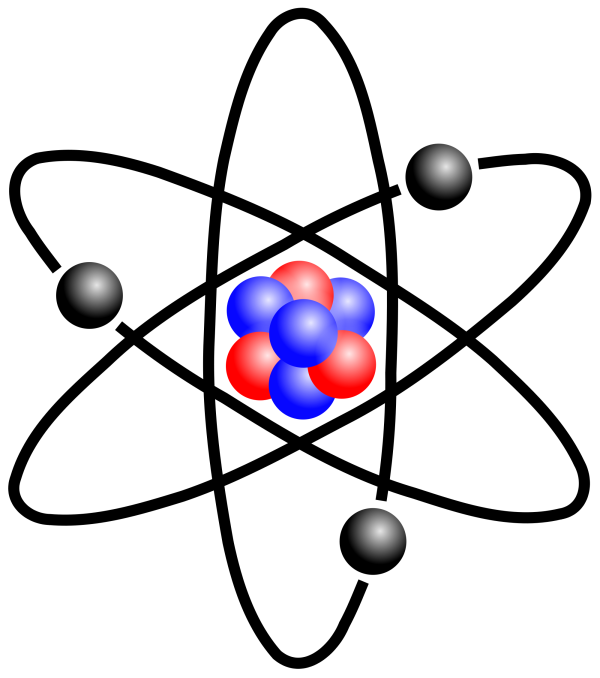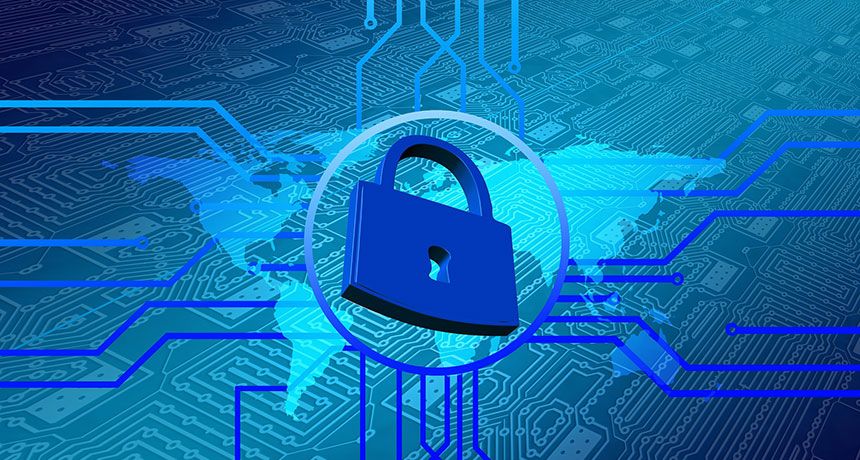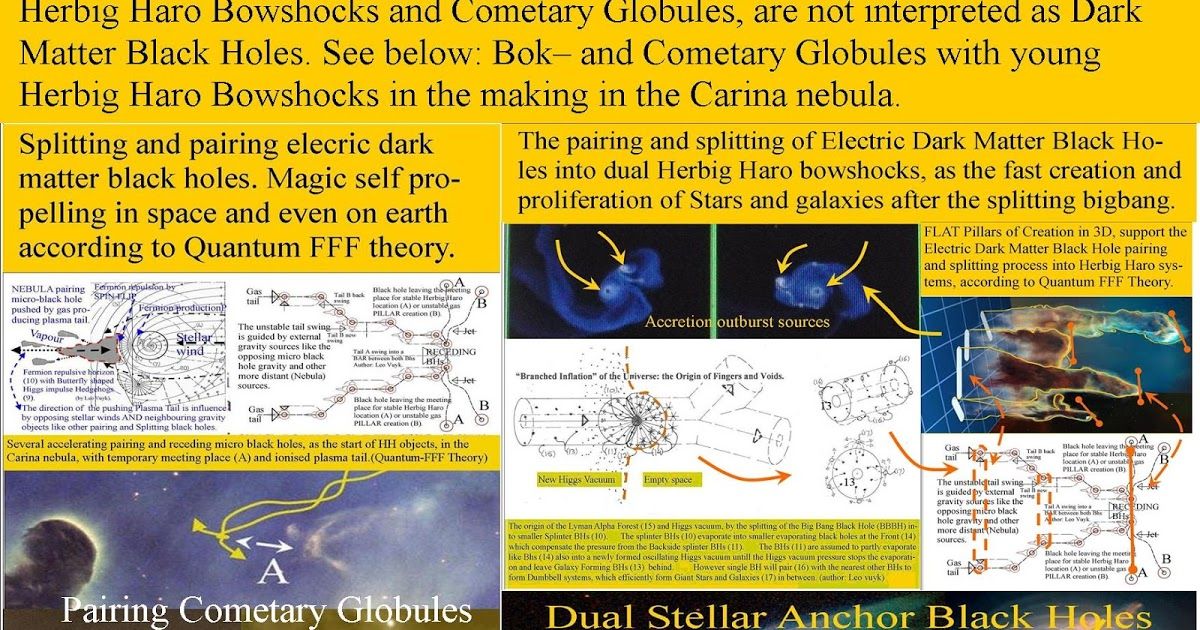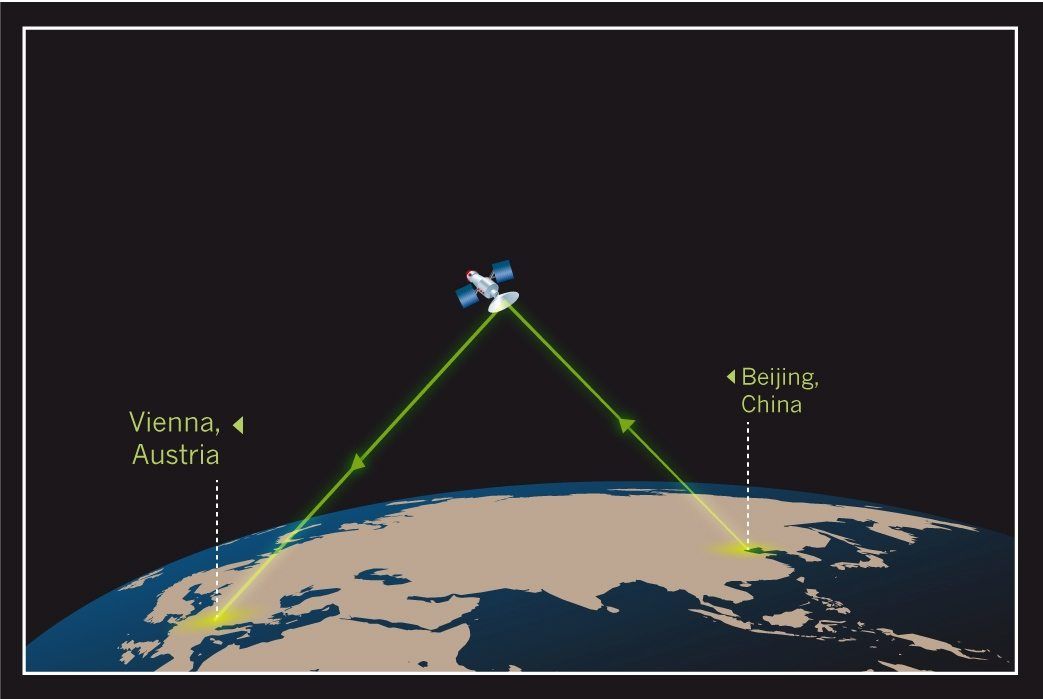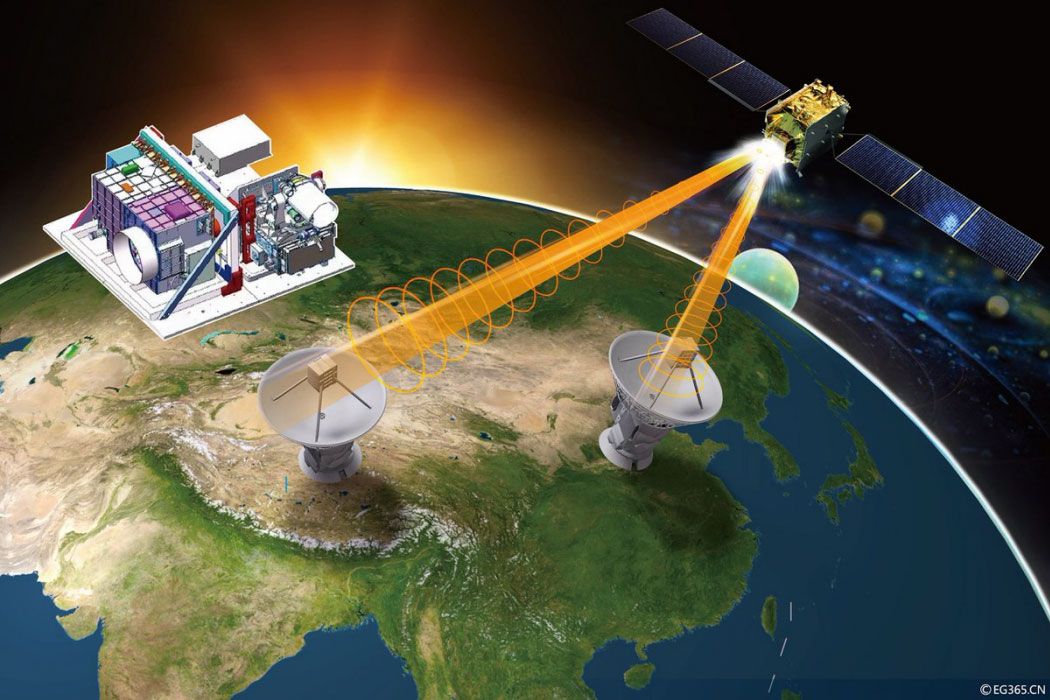Archive for the ‘quantum physics’ category: Page 779
Aug 24, 2016
Why quantum satellites will make it harder for states to snoop
Posted by Karen Hurst in categories: cybercrime/malcode, quantum physics, satellites
Very true point.
With the launch of the world’s first quantum communication satellite, the era of unhackable communication has begun.
Aug 24, 2016
Experiment confirms plan for quantum-coded messages
Posted by Karen Hurst in category: quantum physics
Really old research breathing new life.
A new way to send secret quantum messages uses shorter keys.
Aug 24, 2016
The magic of the game changing electric dark matter black holes BH in the crowded centers of galaxies
Posted by Karen Hurst in categories: cosmology, quantum physics
New electric dark matter black holes seem to be game changers if concentrated in galaxy centers.
Game changing because BH crowded areas do not form linear Herbig Haro systems with star formation in between.
Result: Red and Dead galaxies as the start of the decline and big crunch.
Aug 24, 2016
Quantum Entanglement: Slower Than Light
Posted by Karen Hurst in categories: particle physics, quantum physics, space
Although this is true (speed of communication via entanglement is not at the speed of light); like other early stage technologies this will also evolve and improve in time.
China recently launched a satellite to test quantum entanglement in space. It’s an interesting experiment that could lead to “hack proof” satellite communication. It’s also led to a flurry of articles claiming that quantum entanglement allows particles to communicate faster than light. Several science bloggers have noted why this is wrong, but it’s worth emphasizing again. Quantum entanglement does not allow faster than light communication.
This particular misconception is grounded in the way quantum theory is typically popularized. Quantum objects can be both particles and waves, They have a wavefunction that describes the probability of certain outcomes, and when you measure the object it “collapses” into a particular particle state. Unfortunately this Copenhagen interpretation of quantum theory glosses over much of the subtlety of quantum behavior, so when it’s applied to entanglement it seems a bit contradictory.
Continue reading “Quantum Entanglement: Slower Than Light” »
Aug 24, 2016
Organic LEDs with low power consumption and long lifetimes
Posted by Karen Hurst in categories: energy, mobile phones, quantum physics
A novel device architecture is used to simultaneously achieve extremely high internal quantum efficiencies, low drive voltages, and long lifetimes, at practical luminance levels.

An LED with an emissive organic thin film sandwiched between the anode and cathode is known as an organic-LED (OLED). The emission mechanism of an OLED is superficially similar to that of a standard LED, i.e., holes and electrons are injected from the anode and cathode, respectively, and these carriers recombine to form excited states (excitons) that lead to light emission.1 In recent years, smartphones and TVs with OLED displays have rapidly become widespread because OLEDs provide high contrast, a wide color gamut, light weight, thinness, and flexibility for the displays. OLEDs also have great potential for the creation of new lighting applications.2 The high power consumption and short lifetime of OLEDs, however, remain key issues.
Continue reading “Organic LEDs with low power consumption and long lifetimes” »
Aug 24, 2016
Will superfast ‘quantum’ computers mean the end of unbreakable encryption?
Posted by Karen Hurst in categories: computing, encryption, quantum physics
Not worried today; but would worry in the next 5 yrs for sure.
A new type of computer means we’ll need a new way to make our data secure.
Aug 24, 2016
New single-photon microwave source developed
Posted by Karen Hurst in categories: computing, quantum physics
A collaboration including researchers at the National Physical Laboratory (NPL) has developed a tuneable, high-efficiency, single-photon microwave source. The technology has great potential for applications in quantum computing and quantum information technology, as well as in studying the fundamental reactions between light and matter in quantum circuits.
Circuits which produce single photons are a vital component in quantum computers. They usually consist of a quantum bit or ‘qubit’, coupled to a resonance circuit. The resonant circuit limits the photon output to specific frequencies depending on the design of the circuit.
Aug 23, 2016
Graphene Doubles Up on Quantum Dots’ Promise in Quantum Computing
Posted by Karen Hurst in categories: computing, quantum physics
Researchers discover that graphene-based quantum dots can main maintain four simultaneous quantum states as opposed to just two.
Aug 23, 2016
Defense Systems Update
Posted by Karen Hurst in categories: cybercrime/malcode, quantum physics, space
Glad defense is finally taking this seriously. Something, that many of us already had concerns about.
The properties of quantum entanglement could deliver the first hack-proof communications.
